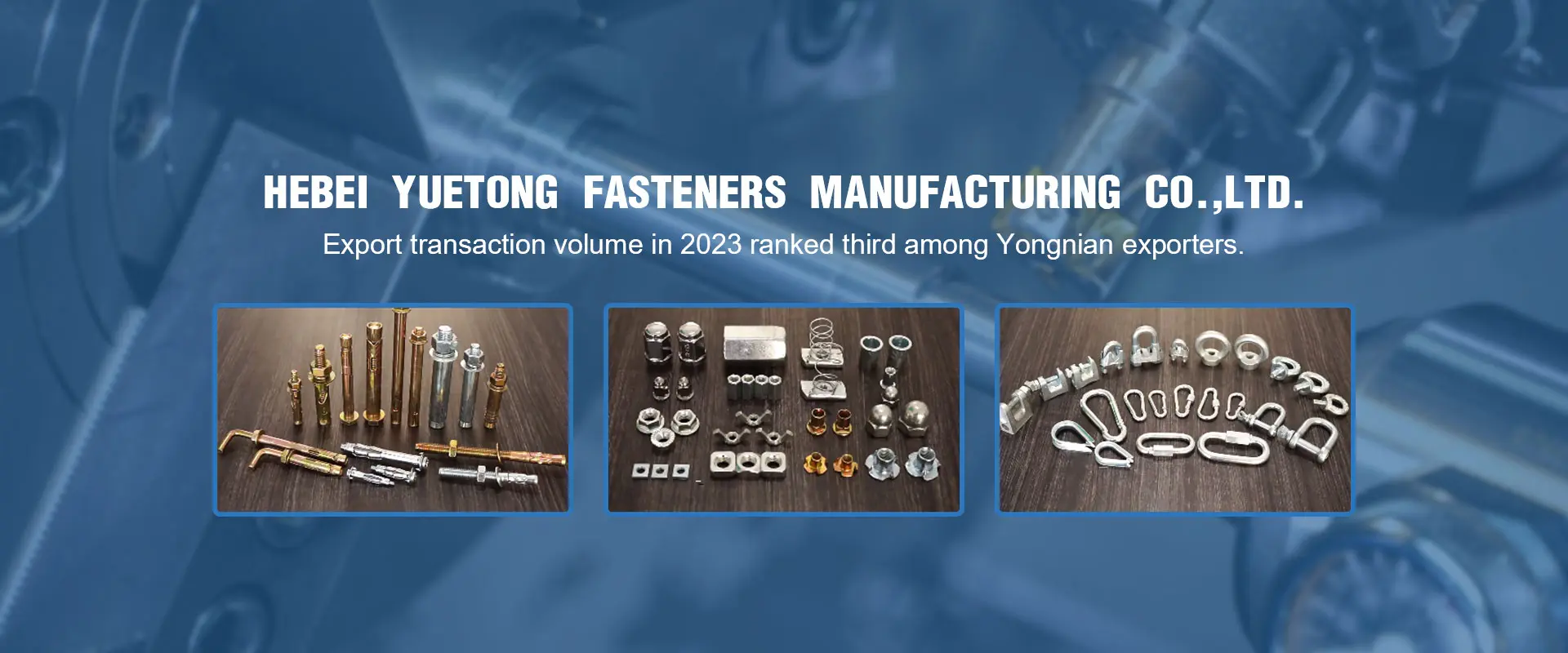Dec . 04, 2024 09:22 Back to list
M12 201.5mm Threaded Rod Specifications and Applications Guide
Understanding M12 Threaded Rods Features and Applications
Threaded rods, often referred to as studs, are crucial components in various engineering and construction applications. Among the various sizes and specifications, the M12 threaded rod stands out due to its versatility and strength. In this article, we will explore the characteristics of M12 threaded rods, their standard uses, as well as their advantages in different industries.
What is an M12 Threaded Rod?
The “M” in M12 denotes a metric size and indicates that the rod has a nominal diameter of 12 mm. Threaded rods are typically made from materials such as steel, stainless steel, or other alloys, which provide different mechanical properties suited for various applications. The rod features continuous threads running along its length, allowing for easy engagement with nuts and other fasteners. The length of the M12 threaded rod can vary, which allows it to be customized for specific projects.
Key Features
1. Durability M12 threaded rods are manufactured from high-strength materials that enhance their durability. For projects that demand resistance to corrosion, stainless steel variants are available to ensure longevity and performance.
2. Versatility The M12 threaded rod can be used in a range of applications, from general construction to automotive and manufacturing sectors. Its ability to handle significant loads makes it an ideal choice for heavy-duty fastening.
3. Standardization Being a standardized size, M12 threaded rods can be easily sourced and replaced, simplifying maintenance and repairs. This uniformity also aids in ensuring compatibility with various fasteners and accessories.
4. Customizability M12 rods can be cut to required lengths, and different finishes (zinc plating, hot-dip galvanizing, etc.) can be applied depending on the environmental requirements of the application.
Common Applications
M12 threaded rods are used in a variety of settings, including
m12 1.5 threaded rod

- Construction They are often employed in securing structural components, supporting beams, and anchoring systems. Their strength makes them suitable for both vertical and horizontal load-bearing applications.
- Automotive In the automotive industry, M12 rods are commonly used for suspensions, engine mounts, and various assembly points where bolts and nuts need to be secured.
- Manufacturing Various manufacturing processes utilize M12 rods for assembling machinery and equipment. Due to their robust nature, they can withstand the stresses encountered during operation.
- DIY Projects For hobbyists and DIY enthusiasts, M12 threaded rods can be employed in assembling furniture or crafting unique constructions, providing both strength and aesthetic versatility.
Advantages in Industries
1. Cost-Effectiveness M12 threaded rods are generally cost-effective, providing high strength at a relatively low price point. This economic factor enhances their attractiveness for large-scale projects.
2. High Load-Bearing Capacity Their design ensures that they can handle significant tension and shear forces, making them suitable for critical applications where failure is not an option.
3. Ease of Use The threaded design allows for straightforward installation and removal, saving time and labor costs during assembly and maintenance processes.
4. Adjustability M12 threaded rods can be adjusted and secured to various lengths using nuts and washers, providing flexibility in design and implementation.
Conclusion
The M12 threaded rod is a vital element widely utilized across various industries due to its strength, versatility, and ease of use. Whether in construction, automotive, manufacturing, or DIY projects, the M12 rod proves to be an essential tool that enhances the quality and durability of mechanical assemblies. Its standardization and availability make it a go-to choice for engineers and builders alike, contributing to the safety and integrity of structures and machinery. With its numerous advantages, the M12 threaded rod remains a staple component in modern engineering and construction practices.


